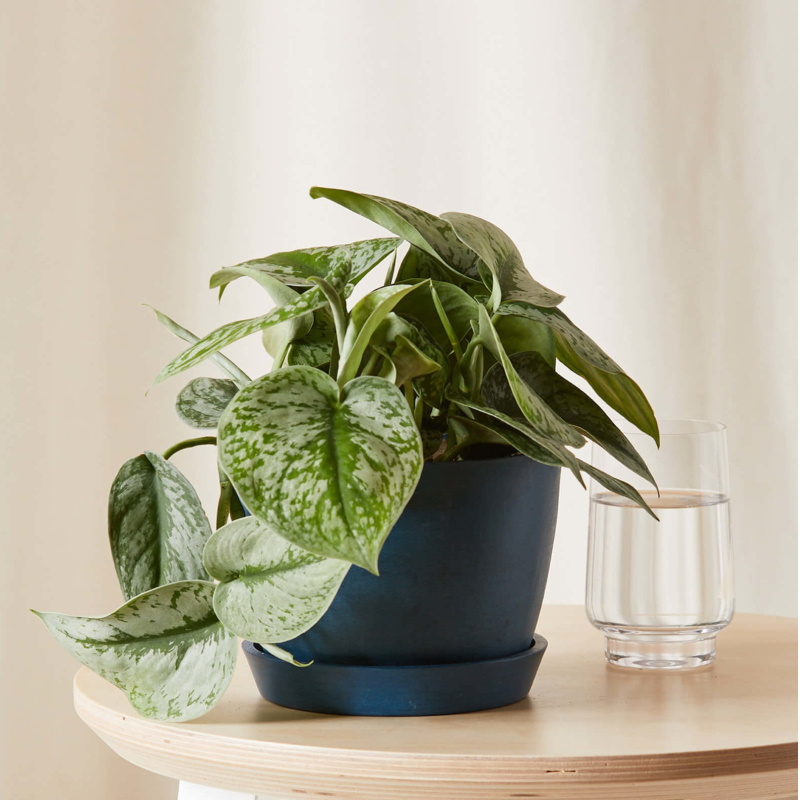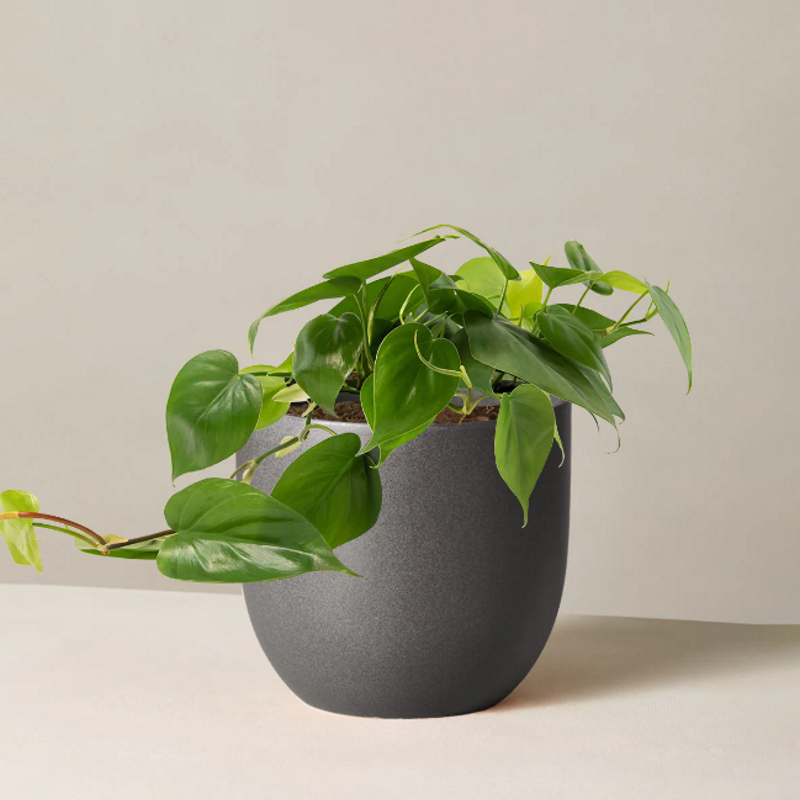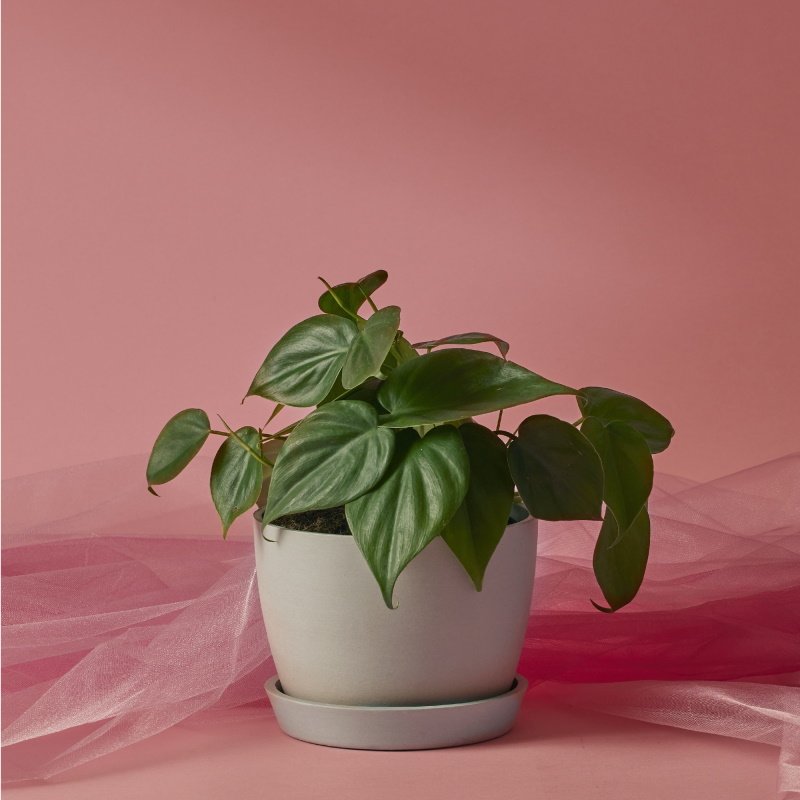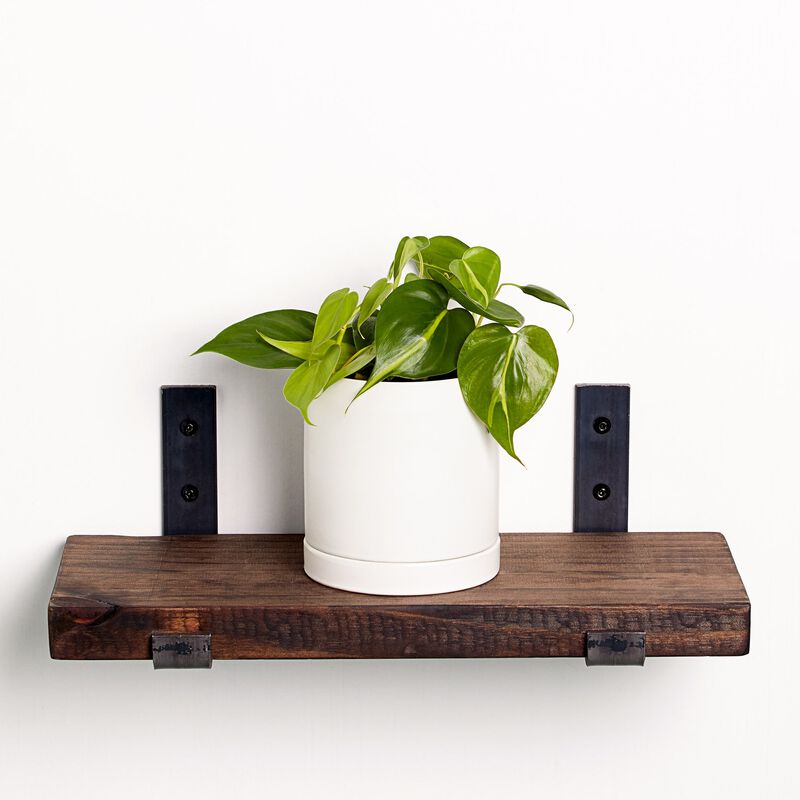Philodendron or pothos? How to tell these two indoor trailers apart
These elegant trailing houseplants are often mistaken for their similar appearance, but what makes them different?
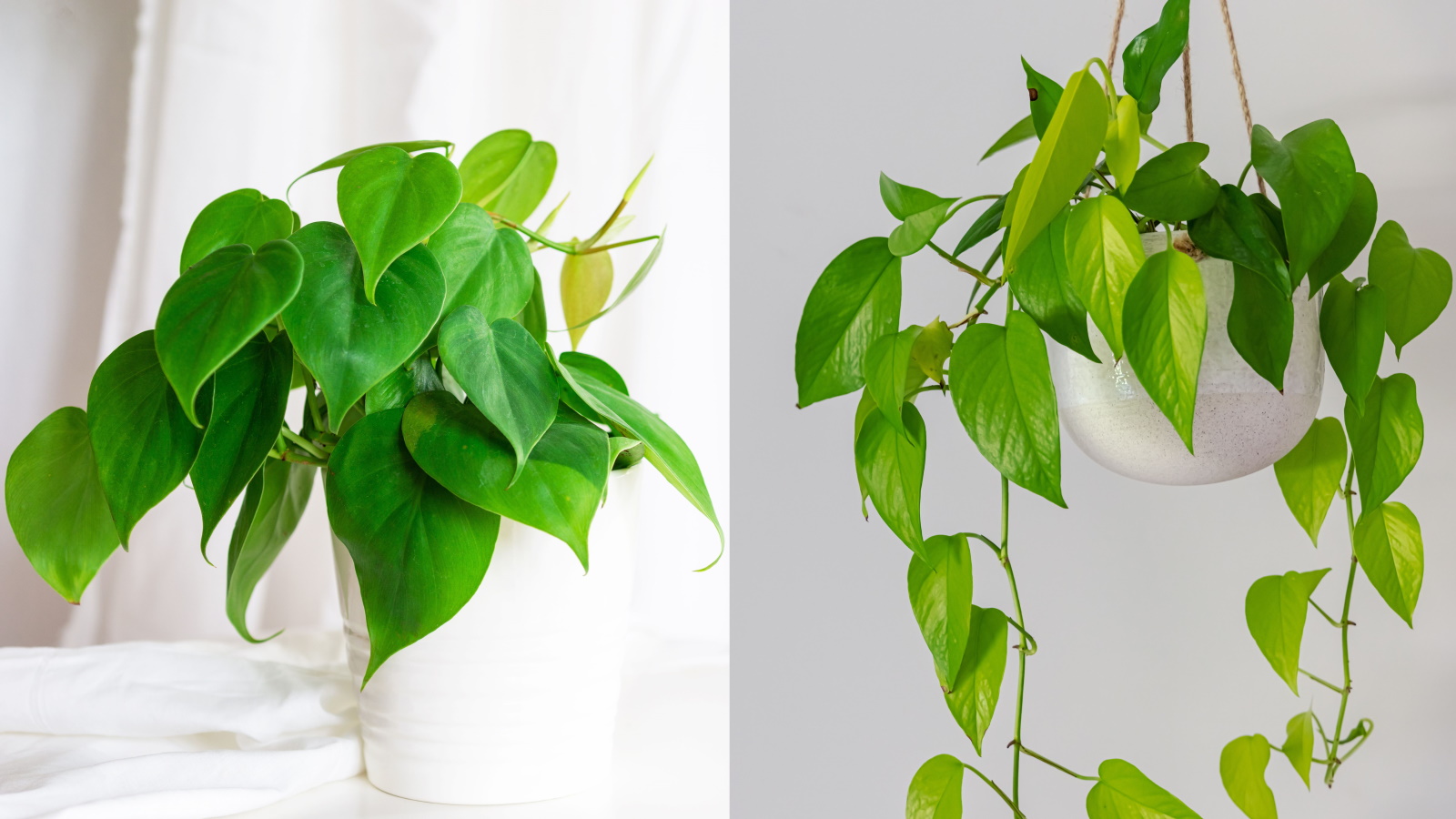

If you're a lover of trailing indoor plants you'll no doubt be familiar with pothos and philodendrons, but sometimes it can be tricky to tell them apart.
'Philodendrons and pothos share similar vining growth habits and heart-shaped leaves, leading to confusion,' says Andy Burde, houseplant expert at the House Plant shop.
It can be especially difficult to tell them apart when they are young and do not have established differentiating features, but do have similar growth behavior.
Both work well as indoor plants in suspended baskets or trailing down a plant shelf to add elegance to any room, but how exactly can you tell them apart? We've spoken to experts to find out more about what makes philodendrons and pothos different.
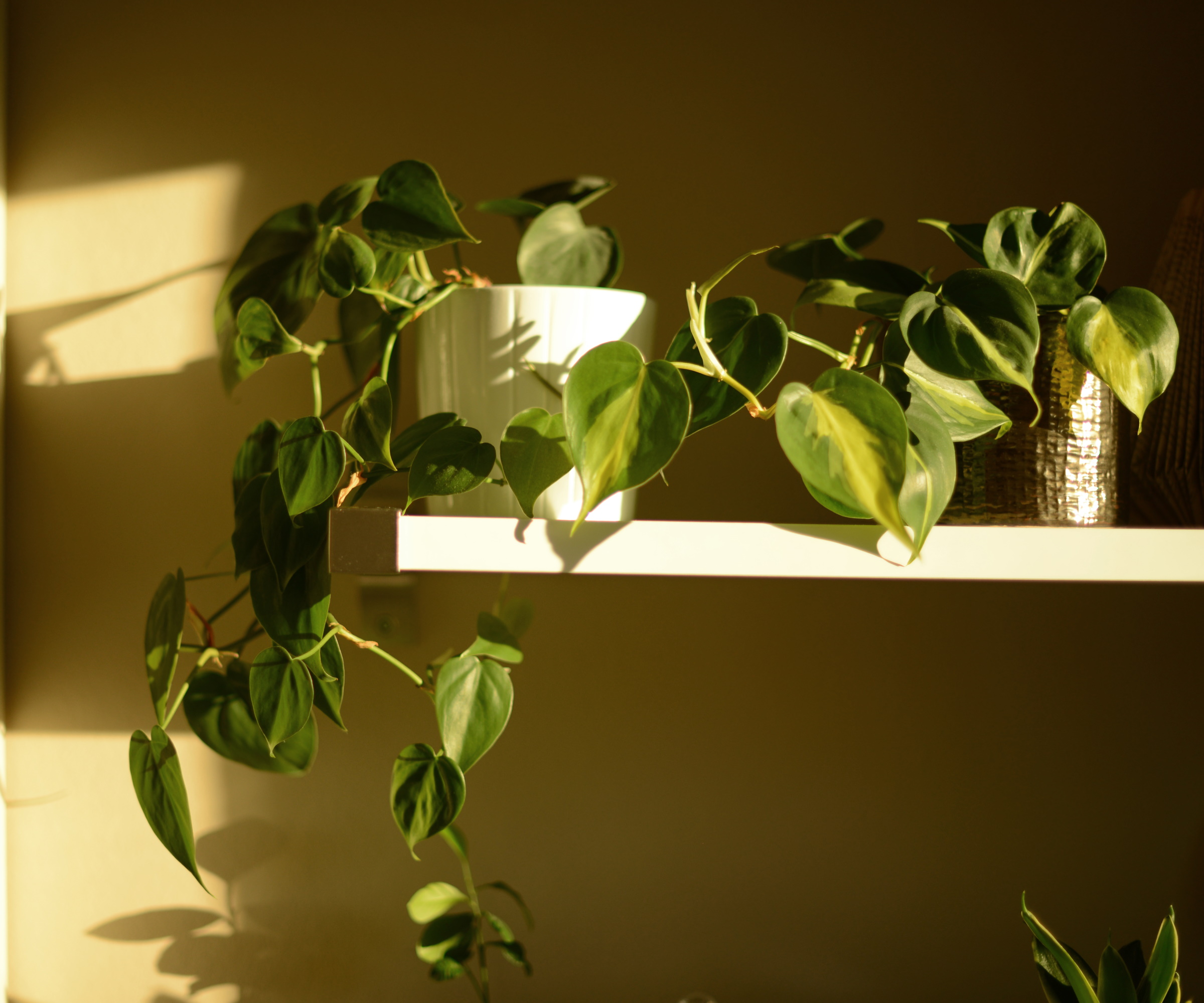

Andy is a seasoned horticulturist and houseplant expert with HousePlantShop.com. With years of experience in plant care, propagation, and interior gardening, he specializes in nurturing healthy, vibrant houseplants and advising enthusiasts on best practices. His focus is on sustainable and practical methods that cater to both beginners and advanced plant lovers.
How are philodendrons and pothos different?
It can be hard at first glance to see the difference between philodendrons and pothos because they have similar foliage and growing habits. However, there are a few things that set them apart.
Differences in foliage
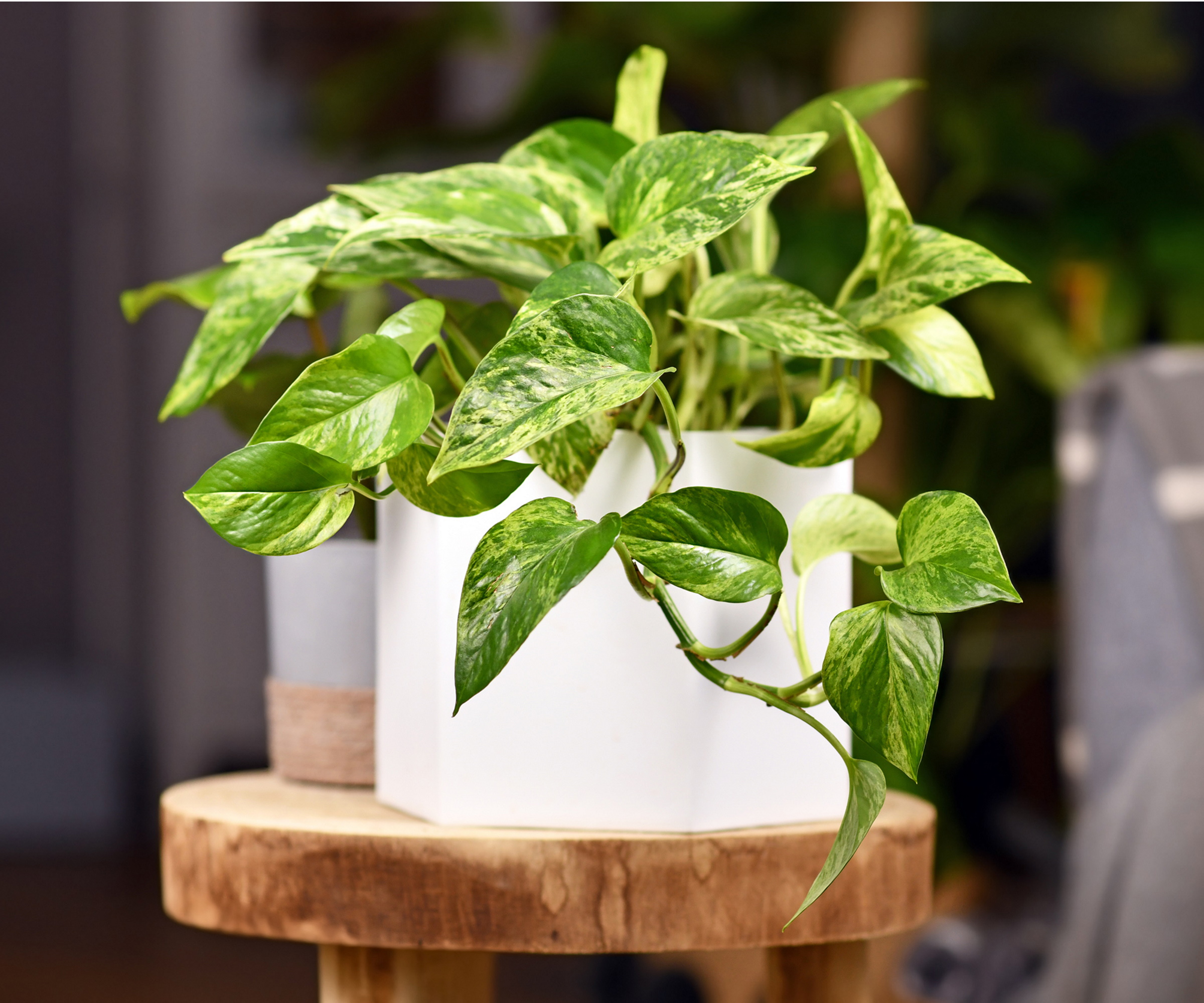
Young philodendron plants look very similar to young pothos plants, as they have not yet developed differentiating features on their foliage.
'As these plants age, they begin to show differences in their morphology. Philodendrons never 'fenestrate', that is, they never get a spilt leaf, whereas pothos can form leaves much like a monstera,' says Chuck Pavlich, director of new product development with Terra Nova Nurseries.
Pothos plants, also known as devil's ivy, are favored by houseplant lovers for their thinner, heart-shaped foliage that is often variegated. Meanwhile, philodendrons tend to be chosen for their slightly larger, thicker foliage. Many philodendron varieties also offer beautiful variegated patterns on their leaves.
'While both plants have green heart-shaped leaves, philodendron leaves tend to be larger and have more pronounced lobes compared to the more elongated leaves of pothos,' says Andy.
Philodendrons also tend to grow larger and longer than the more compact pothos.
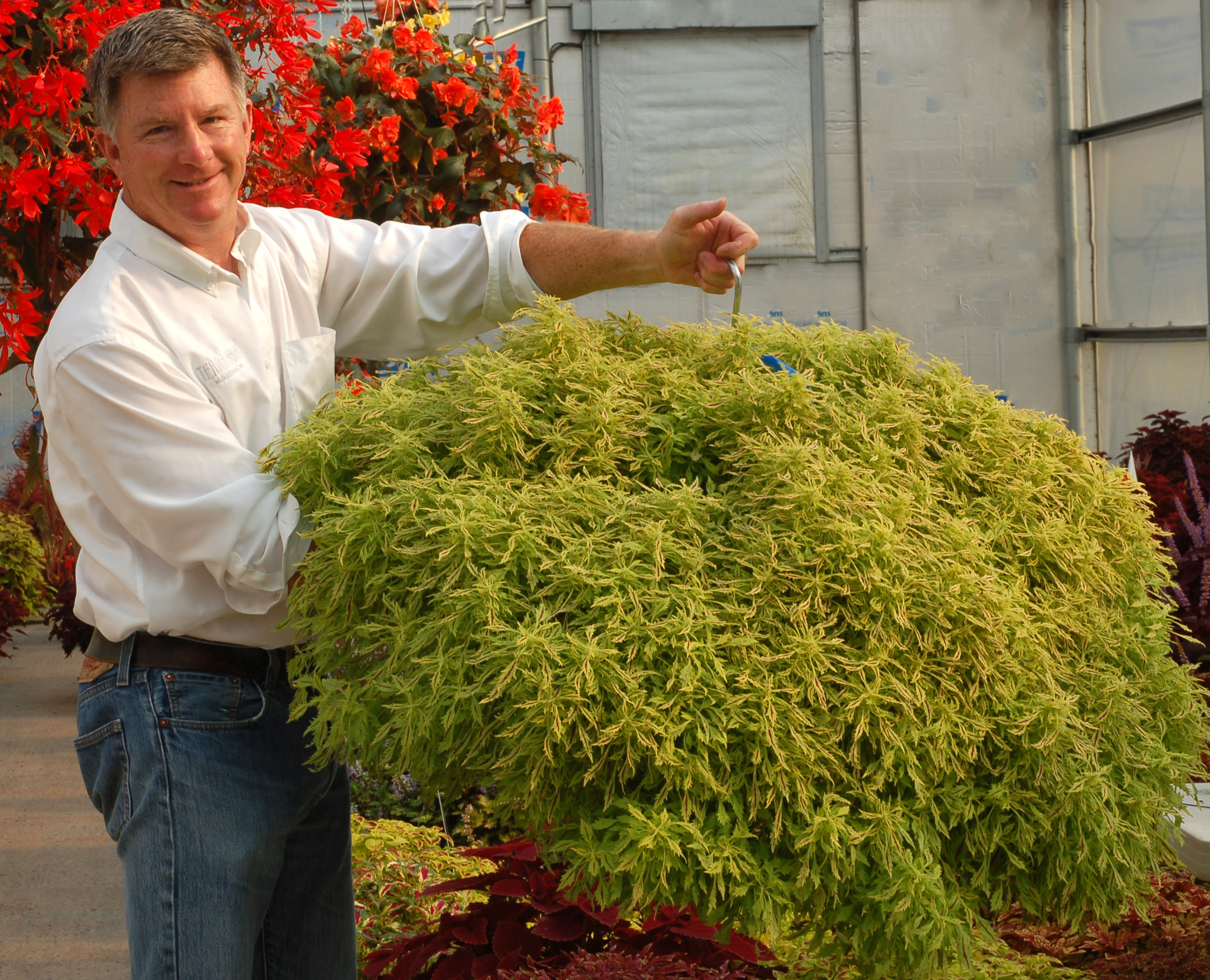
Educated at Washington State University, he has worked in the retail nursery business for 30 years. Chuck brings his passion for plants to TERRA NOVA®. As our Director of New Product Development, Chuck is responsible for new ideas for the breeders as well as overseeing the breeding process and shepherding our new products to the world perennial market. His current breeding projects include Begonia and Coleus.
Differences in plant care requirements
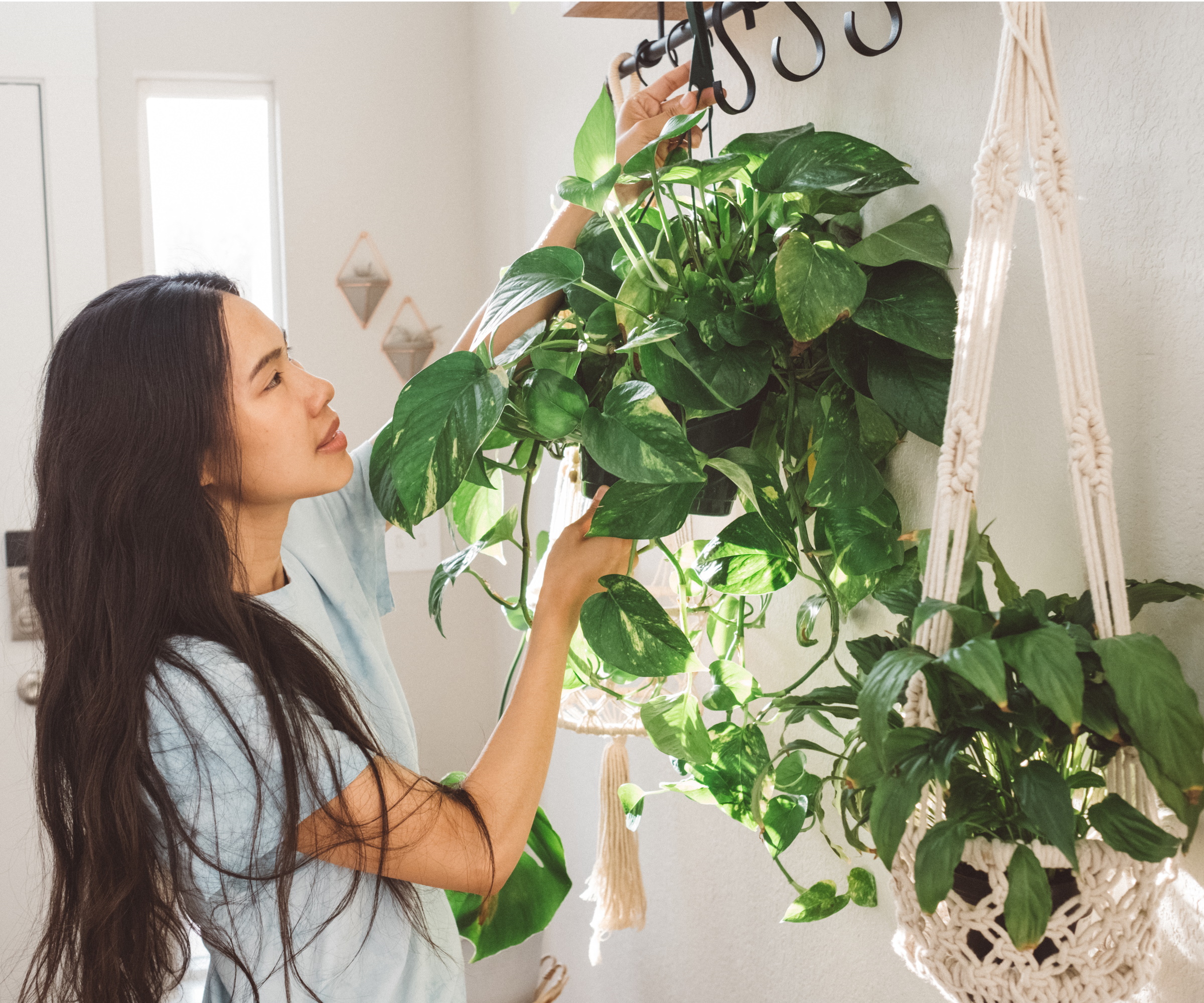
It's important to know whether your plant is a philodendron or a pothos to know to to properly care for it.
'Philodendrons are rather durable plants. In my own collection, I’ve had them in four-inch pots for years without making a fuss. Keeping the plant evenly moist with occasional fertilizer seems to be the ticket. Fussing can be fatal,' says Chuck. 'Pothos are just about as equally rugged as philodendrons,' he adds.
However, it's good to be aware that philodendrons are less tolerant to low light than pothos. 'Pothos thrives in a wide range of lighting conditions, from low to bright indirect light,' says Andy.
'Philodendrons also prefer soil that is kept consistently moist, while pothos can tolerate drying out between waterings,' Andy adds.
Make sure to research care requirements thoroughly because common houseplant mistakes can lead to yellowing foliage of pothos or philodendrons.
Shop pothos plants
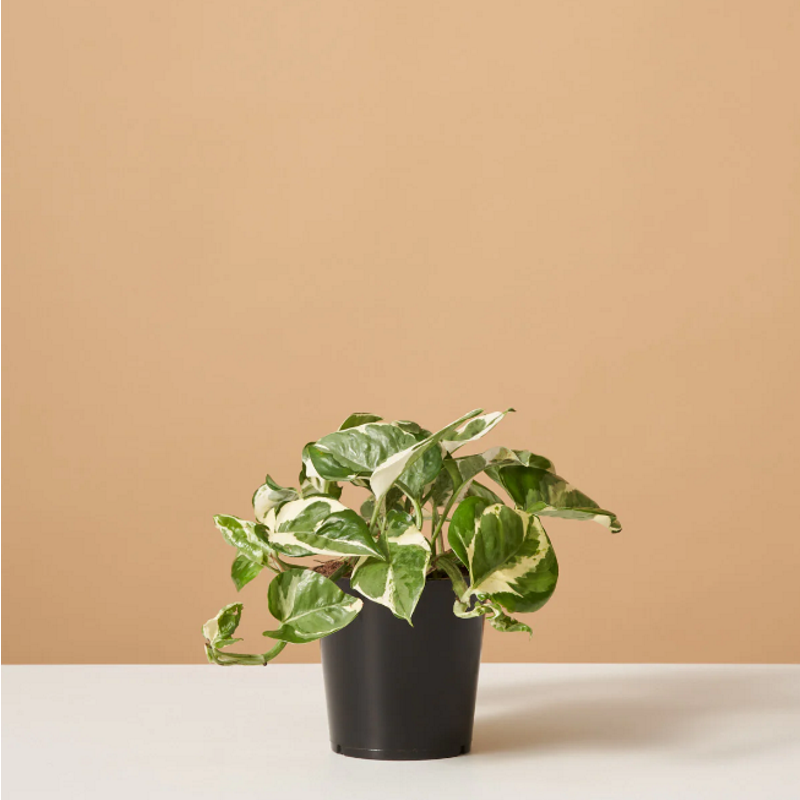
Pothos Njoy, scientifically known as Epipremnum aureum 'n'joy' is a trailing houseplant with striking variegated foliage.
Shop philodendron plants
FAQs
Can you grow philodendrons and pothos together?
Yes, philodendrons and pothos can work well together in a houseplant display. There are so many varieties of philodendrons and pothos which mean there are lots of colors and patterns you can pair together.
'Try the lemon-lime colored pothos variety ‘Neon’ mixed with the deep forest green of philodendron or one of the brightly variegated varieties like ‘Pearls and Jade’®, with its clean, white and green variegation,' says Chuck Pavlich, director of new product development with Terra Nova Nurseries.
It's easy to confuse philodendrons and pothos plants because they both have beautiful heart-shaped leaves and have similar vining habits. Both plants add a touch of elegance to the home, trailing down shelves or from hanging planters. You can even multiply these plants to have more in your home by propagating them.
Sign up to the Homes & Gardens newsletter
Design expertise in your inbox – from inspiring decorating ideas and beautiful celebrity homes to practical gardening advice and shopping round-ups.

Tenielle is a Gardens News Writer at Homes & Gardens. She holds a qualification in MA Magazine Journalism and has over six years of journalistic experience. Before coming to Homes & Gardens, Tenielle was in the editorial department at the Royal Horticultural Society and worked on The Garden magazine. As our in-house houseplant expert, Tenielle writes on a range of solutions to houseplant problems, as well as other 'how to' guides, inspiring garden projects, and the latest gardening news. When she isn't writing, Tenielle can be found propagating her ever-growing collection of indoor plants, helping others overcome common houseplant pests and diseases, volunteering at a local gardening club, and attending gardening workshops, like a composting masterclass.
-
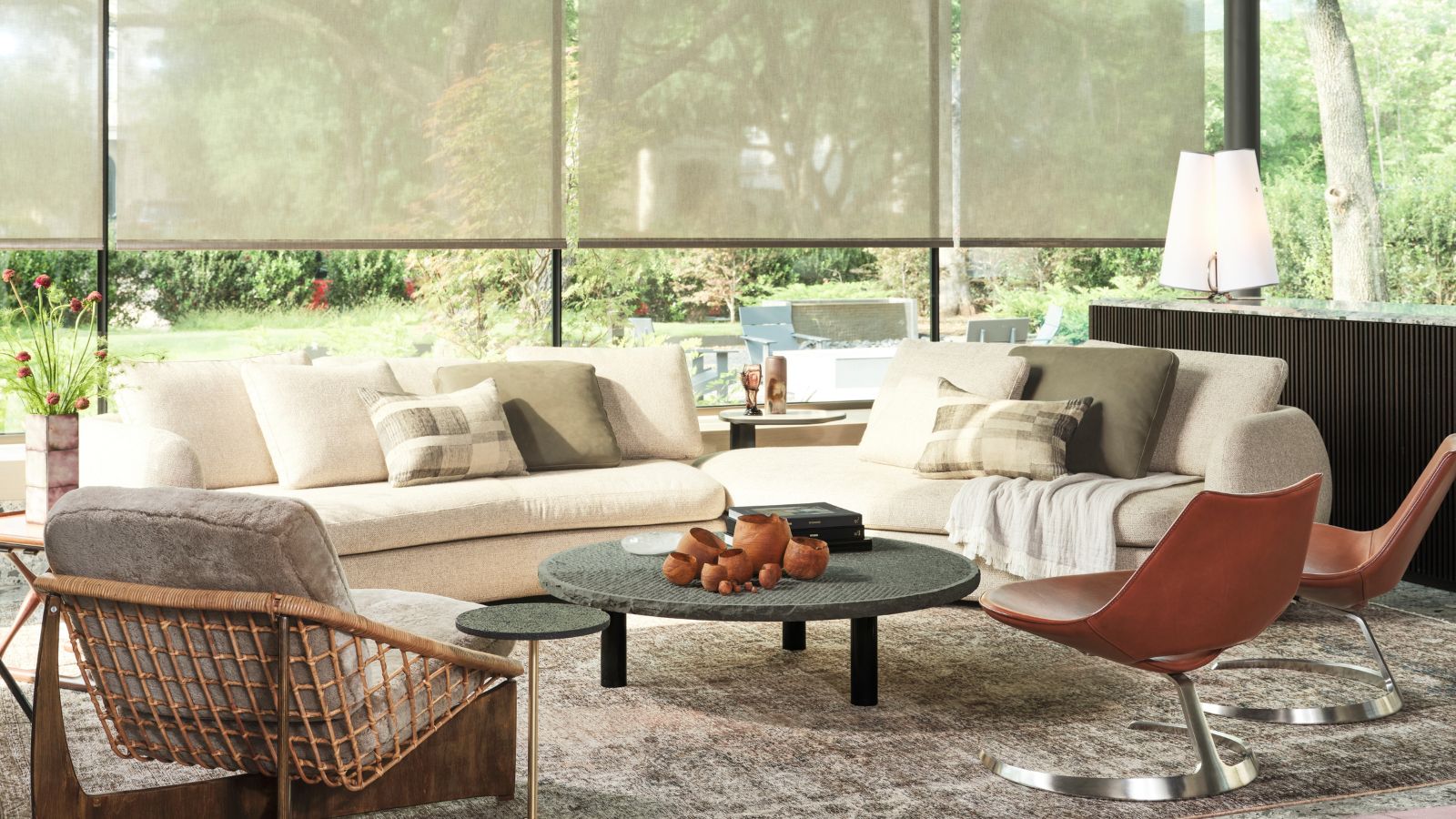 Thoughtful modernism – how one Dallas home makes bold contemporary design feel warm, welcoming, and comfortable
Thoughtful modernism – how one Dallas home makes bold contemporary design feel warm, welcoming, and comfortableWith its mix of textural finishes and carefully curated furnishings, this modernist home is a refreshing retreat
By Karen Darlow Published
-
 'Wick away the ick' – 6 things people with clean laundry rooms always do to make this hardworking space shine
'Wick away the ick' – 6 things people with clean laundry rooms always do to make this hardworking space shineThese tips on how to clean your laundry room will banish grime
By Seraphina Di Mizzurati Published
